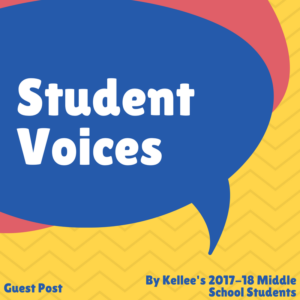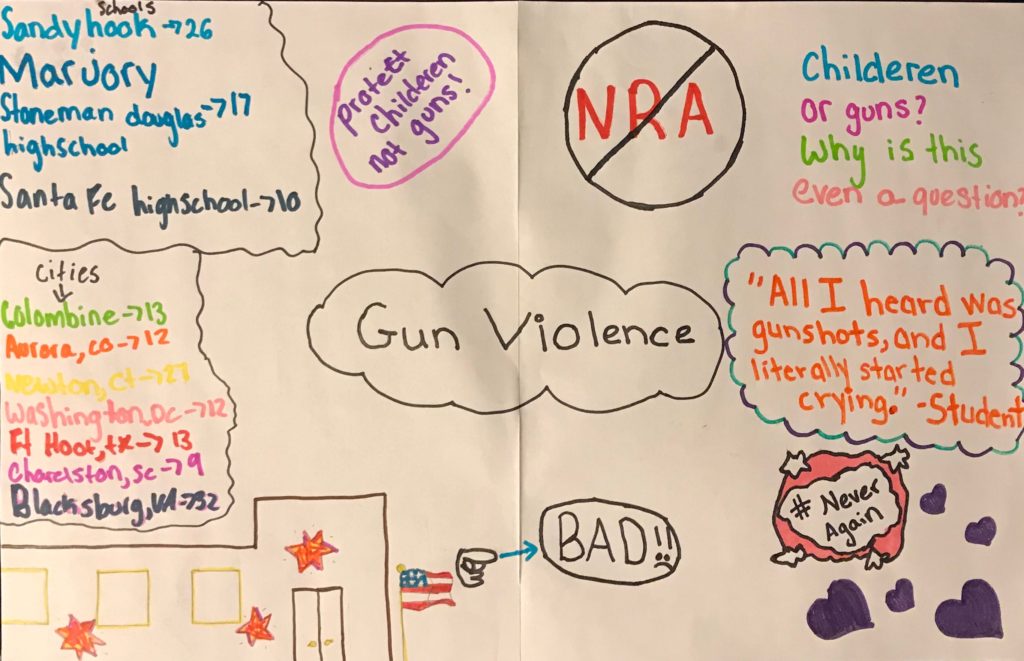When I was my Methods of Teaching English course as an undergraduate many moons ago (with my smart, thoughtful mentor Wendy Glenn), she used dialogue journals with us. I absolutely loved the idea and used it with my own students when I became a teacher. Since my graduation, I’ve seen dialogue journals used in a variety of different ways. Many teachers have students write to each other. I like this, but there is something particularly special about getting to know your students through their dialogue journals and having a conversation with them.
I follow the way that I was taught to use dialogue journals. I begin with a prompt and staple it to the first page. The student writes a response to the prompt or writes about anything of interest. I then write back (a minimum of a paragraph but usually longer). The student then responds to me and writes back to me. Throughout, I introduce new prompts, or the students can continue our conversations.
How do I evaluate them?
I choose to evaluate dialogue journals based on completeness. I ask students to write a lengthy note to me, and as long as they do this, they receive an A. For me, dialogue journals are not about the grade. They are about a) me getting to know my students, b) me showing my students that I am interested in their lives and passions, c) me learning about my students’ interests to cater the curriculum to their needs, and d) me learning about their strengths and needs with respect to writing.
How do I purchase that many journals?
I invite students to get their own journal. They enjoy picking them out. But I always buy a few dozen cheap journals before the school year starts (during the crazy sales) to support students who prefer to use mine. To prevent a divide between the haves and the have-nots, I typically say, “If you don’t feel like going out and getting one, you can have one of mine.” Some teachers request department money be allocated for this.
How do I grade 100 dialogue journals in a semester?
Easy. I stagger when the students turn them in. I take home five to seven journals a night, and I read students’ journals every two weeks or so. If I am having a light grading time period, I take more of them home. I know that this is the scariest part for teachers, but I have always found it to be manageable. I have learned so much about my students’ lives in these journals, and they have been an invaluable part of my teaching.
What ideas do you have for using dialogue journals with students? What recommendations do you have for teachers? I’d love to hear your thoughts and suggestions!







